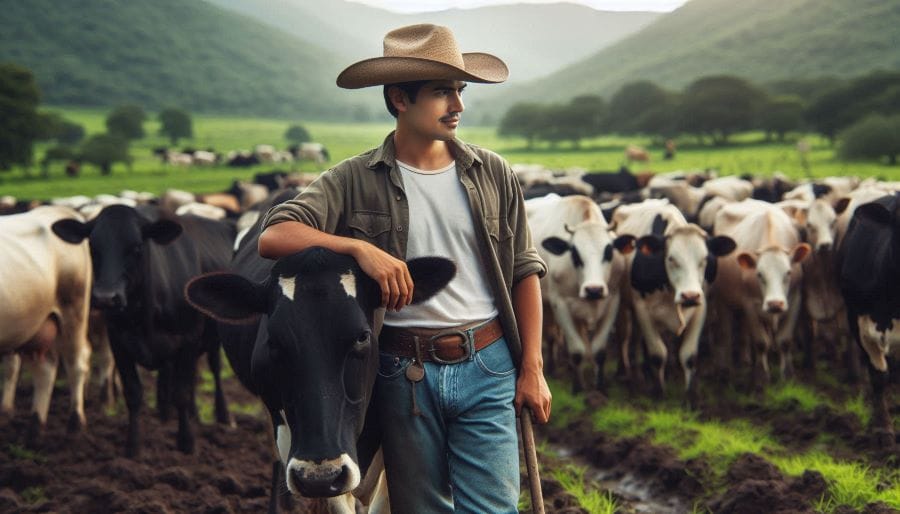The Ultimate Guide to Getting Started in Cattle Farming
Cattle farming requires careful planning, including adequate space, a balanced diet, and regular health care. Common diseases like BVD, IBR, and Parainfluenza can affect cattle, but vaccination and proper hygiene can help prevent them.

Starting a cattle farm may sound like a bucolic dream filled with open fields, the gentle mooing of grazing animals, and the satisfaction of producing something essential. However, cattle farming is not just a scenic pastime — it’s a highly structured, scientifically driven, and potentially lucrative business venture. So, how does one go from the daydream of rolling hills and cattle bells to the reality of successfully managing a herd? In this article, we’ll take you through the essential steps of getting started in cattle farming, from understanding the land requirements to navigating common health challenges, all while sprinkling in some insight along the way.




